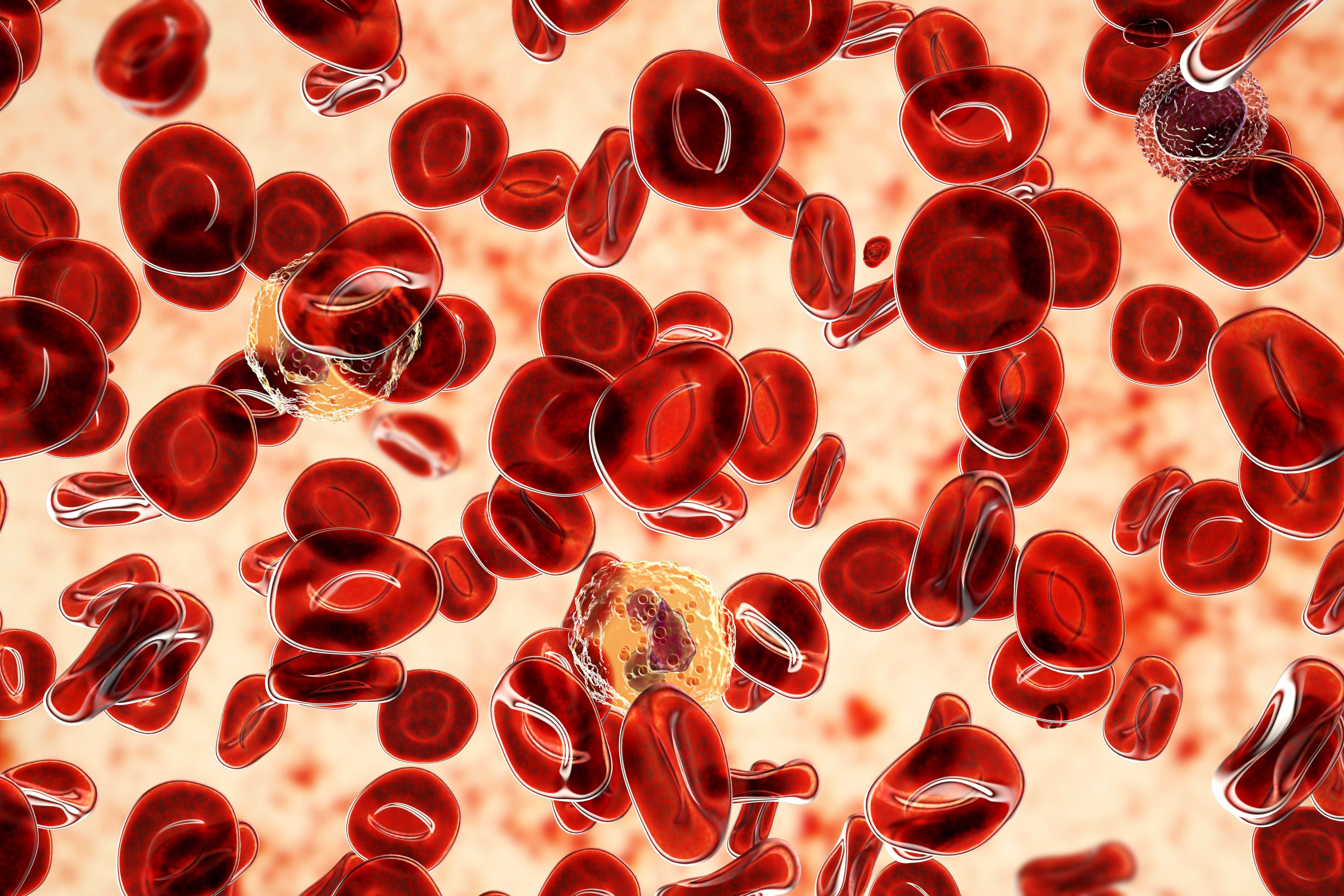Video
Dr Brian Koffman Highlights Incredible Responses to CLL Treatments
There have been incredible responses to treatments for chronic lymphocytic leukemia (CLL), but there remains a tremendous unmet need for patients, said Brian Koffman, MDCM, DCFP, DABFM, MS Ed, medical director, CLL Society.
There have been incredible responses to treatments for chronic lymphocytic leukemia (CLL), but there remains a tremendous unmet need for patients, said Brian Koffman, MDCM, DCFP, DABFM, MS Ed, medical director, CLL Society.
Transcript
What has been the progress in treatments for chronic lymphocytic leukemia?
What I say to patients is: “There’s never a good time to have a CLL diagnosis, but there’s never been a better time.” And the best treatments today will be upstaged by better treatments tomorrow.
So, right now we’re looking at a significant percentage of CLL patients who—we’ve always had this group, but we’ve better defined them now—will never need treatment and will have the same life expectancy of an age-matched cohort. We’re also looking at data for some of the patients who get ibrutinib, a [Bruton’s tyrosine kinase] inhibitor frontline, who have the same life expectancy, again, as a matched cohort. So, these aren’t cures, but they’re incredible responses.
There’s still tremendous unmet need for CLL patients, though. Some patients can’t tolerate the treatments. Some patients progress on the treatments. And our follow-up therapies aren’t necessarily as good. Also, patients develop complications of the treatments, or of the disease itself. All CLL patients are immunocompromised, so they have a higher risk of infections, which is often a fatal event, and they often succumb to secondary malignancies—50% of CLL patients get some sort of secondary malignancy. So, we need to be looking at therapies for that group, and that’s where therapies like [chimeric antigen receptor] T and some of the combinations of novel therapies or combinations of novel therapies with chemoimmunotherapies are coming into play.




